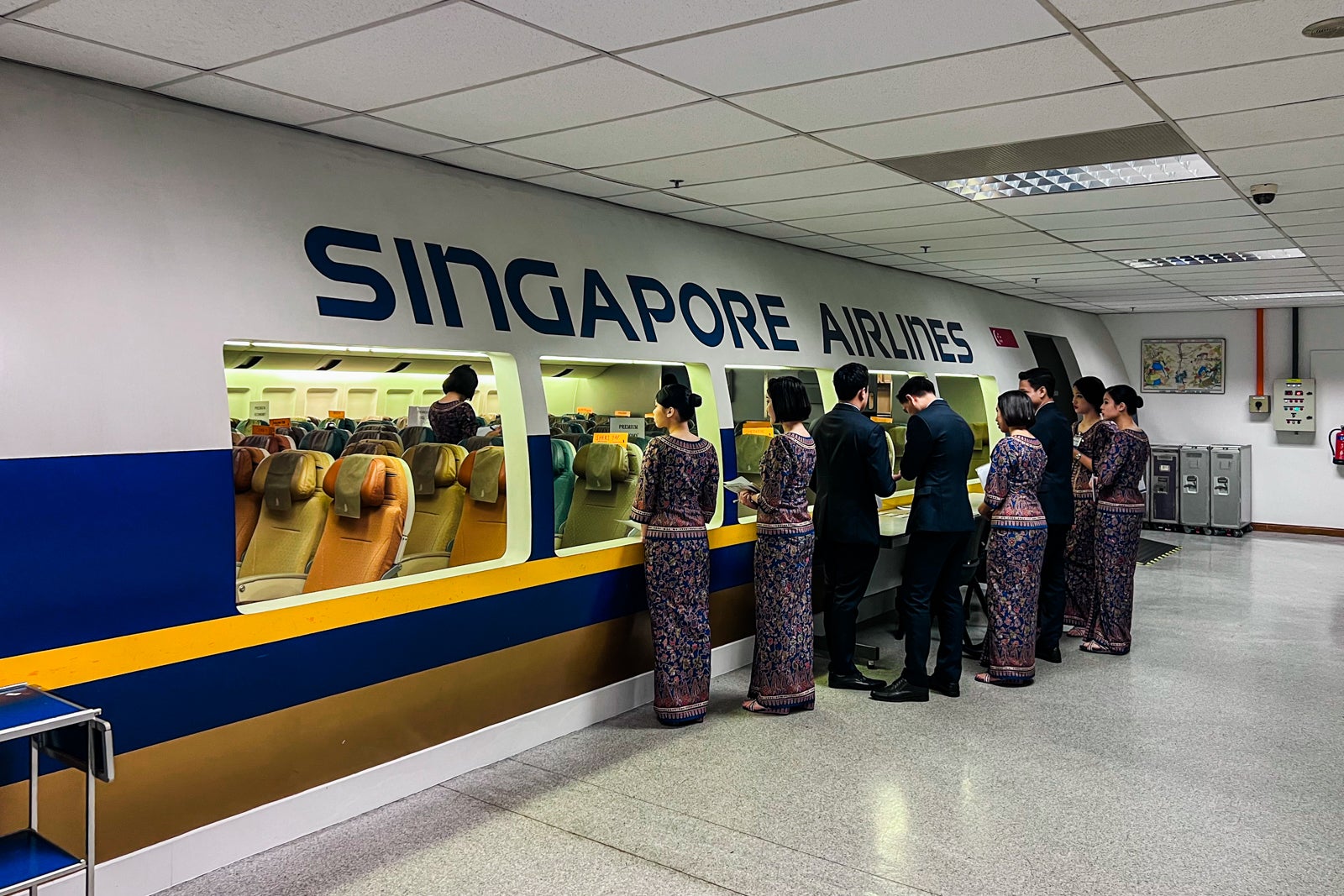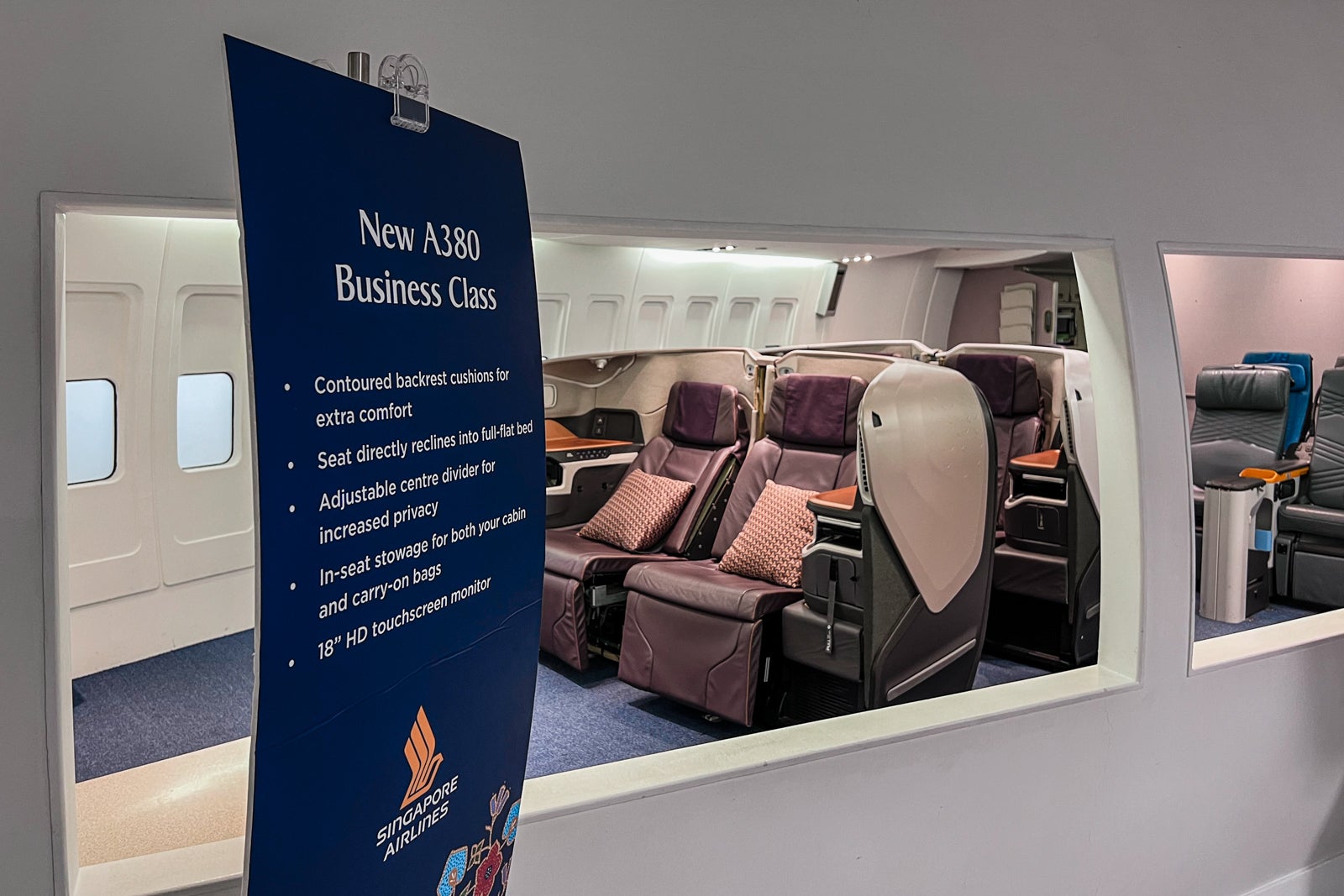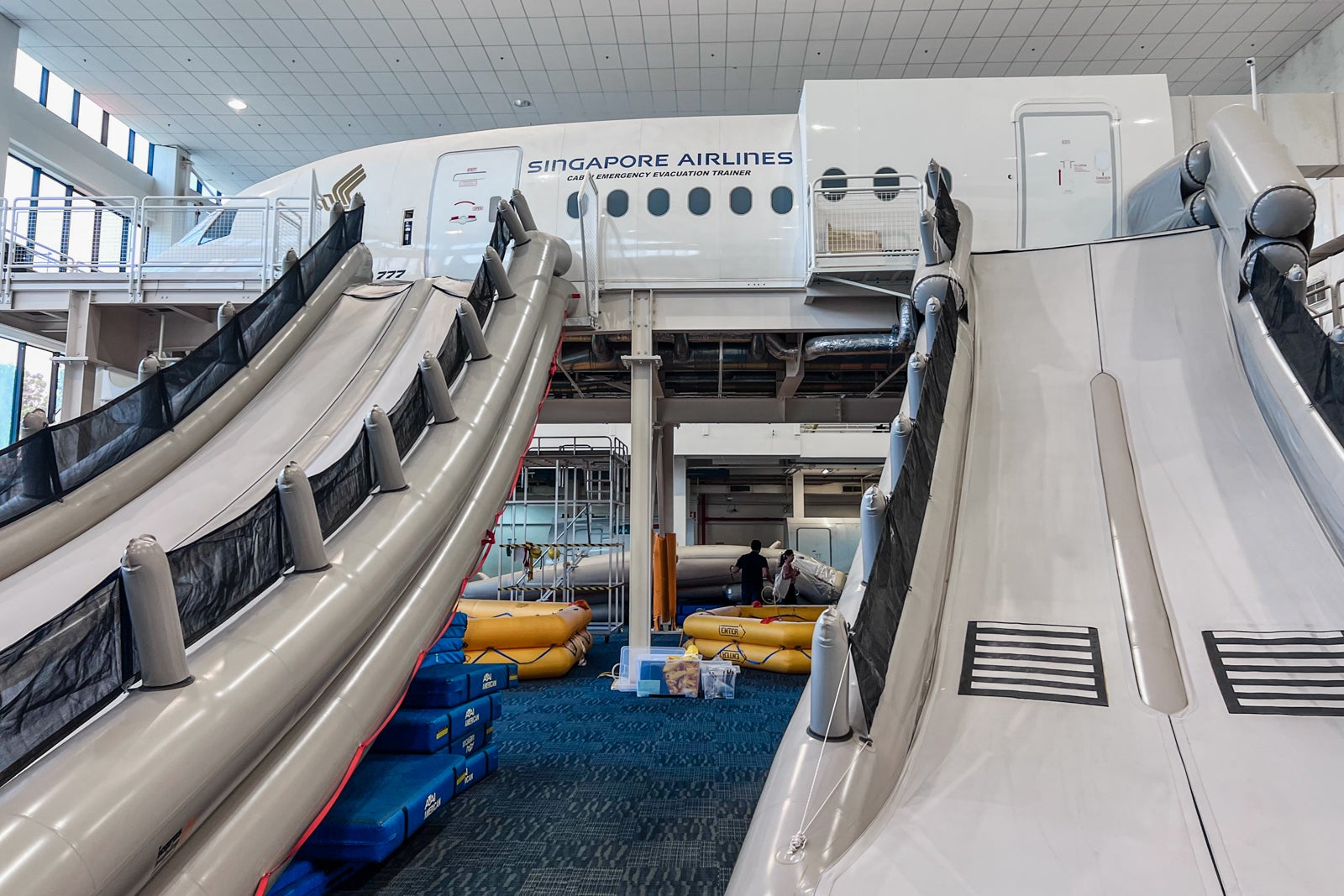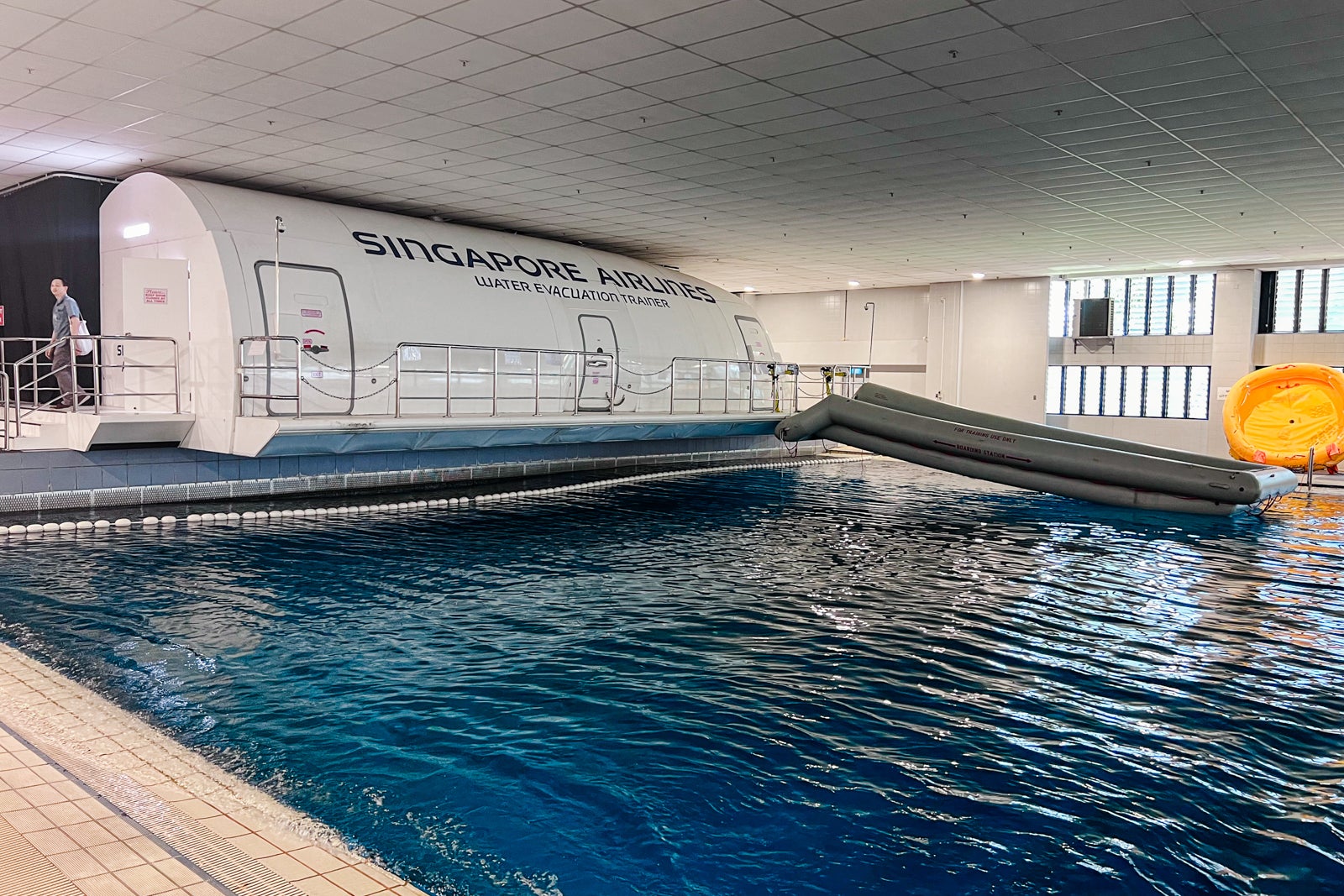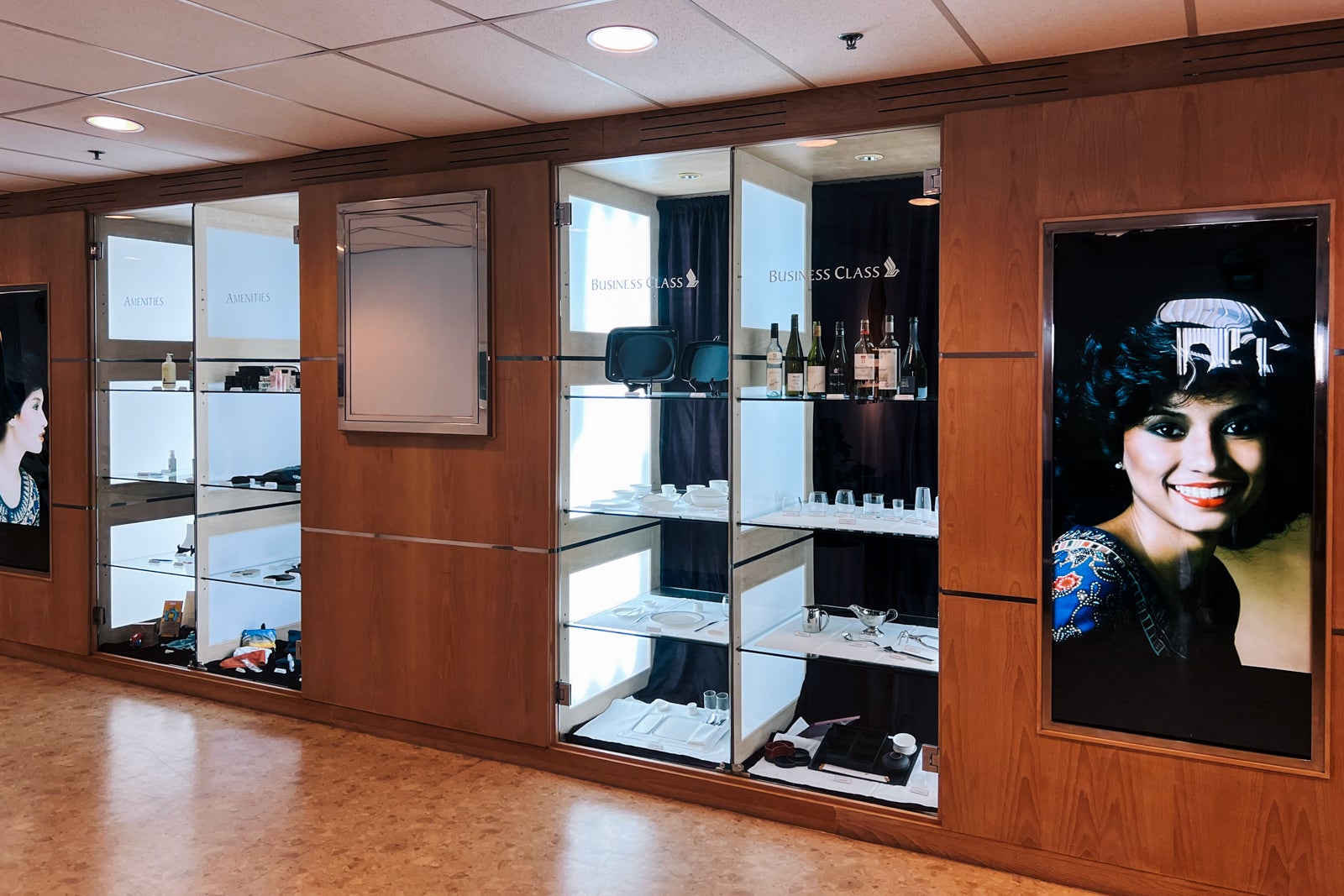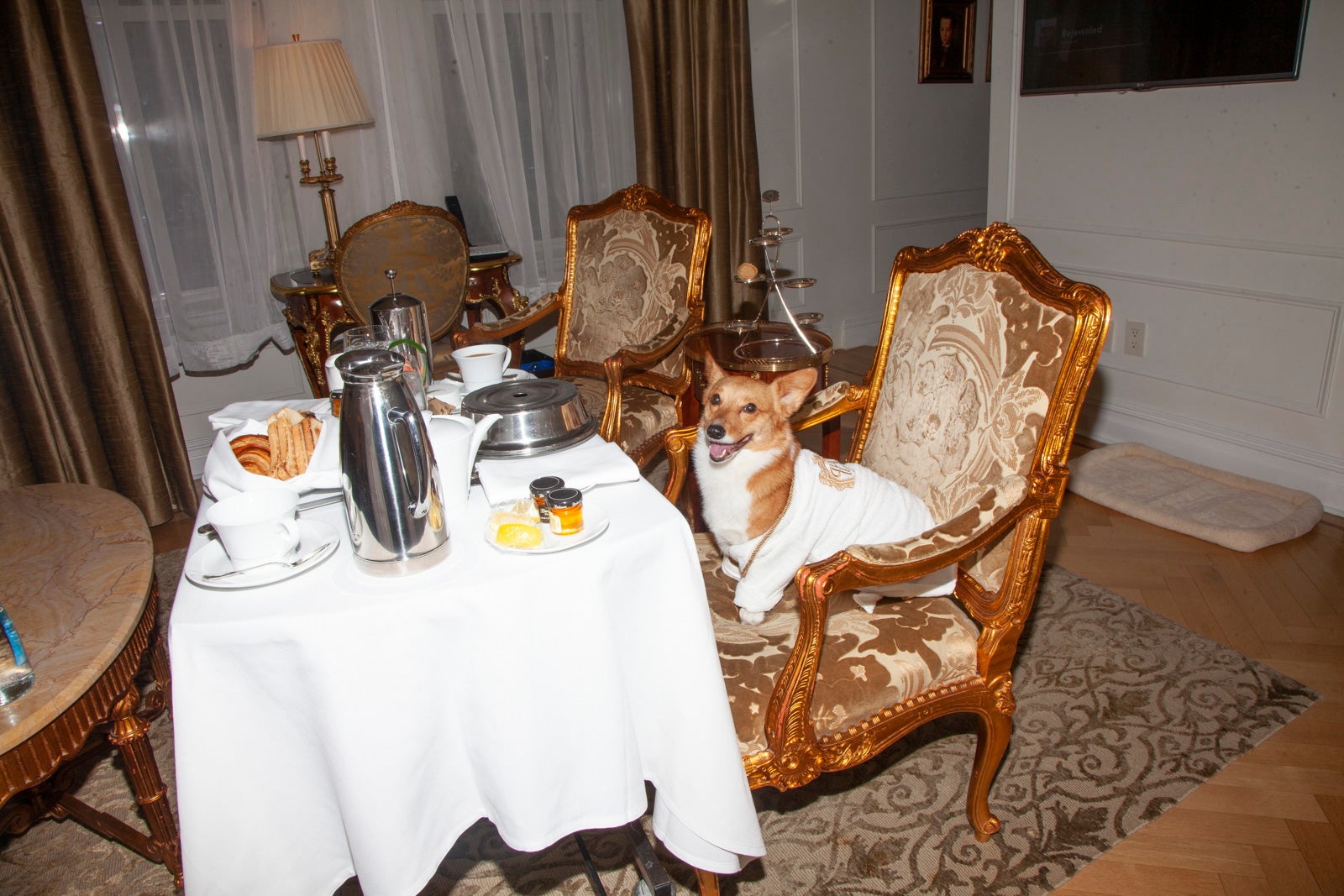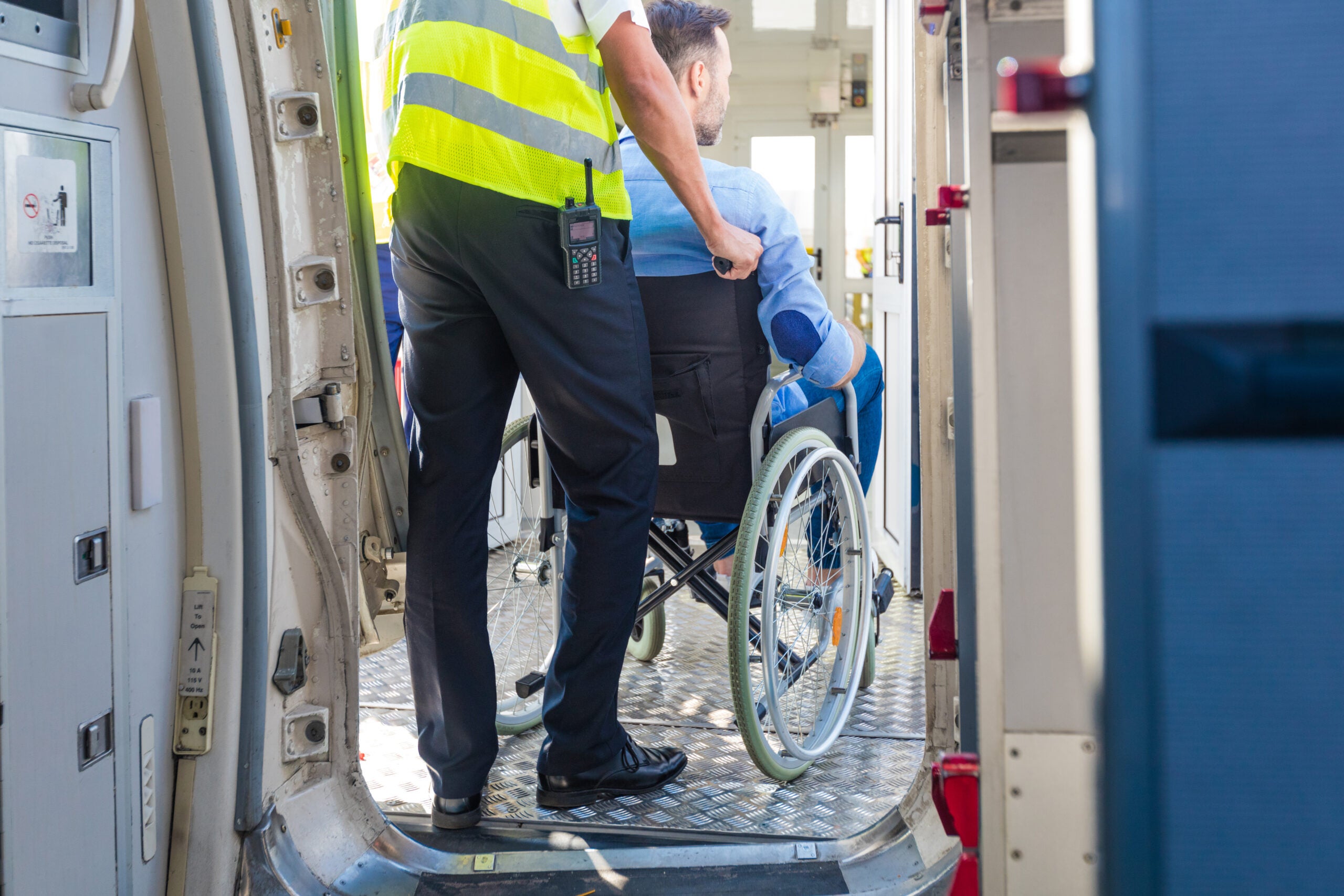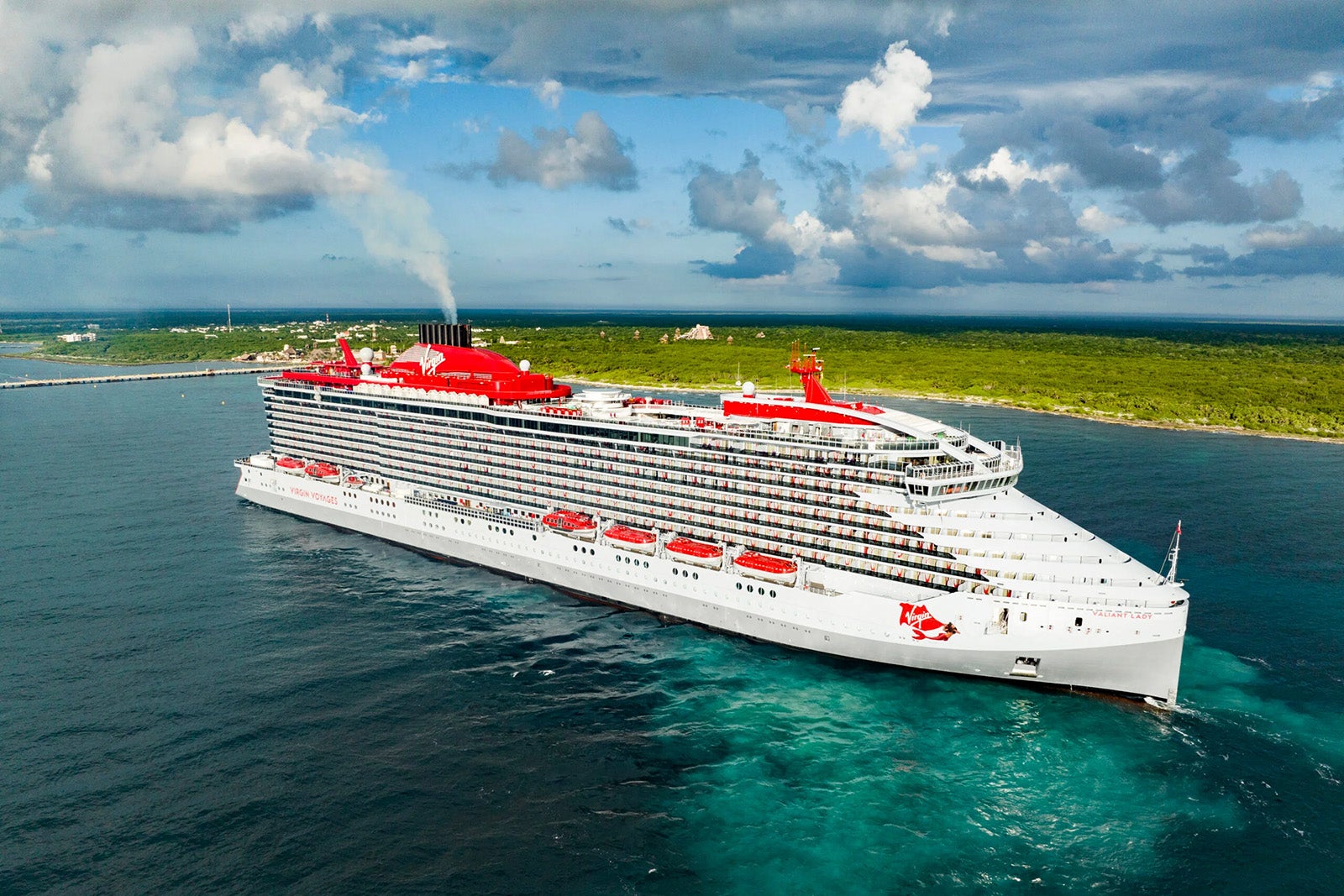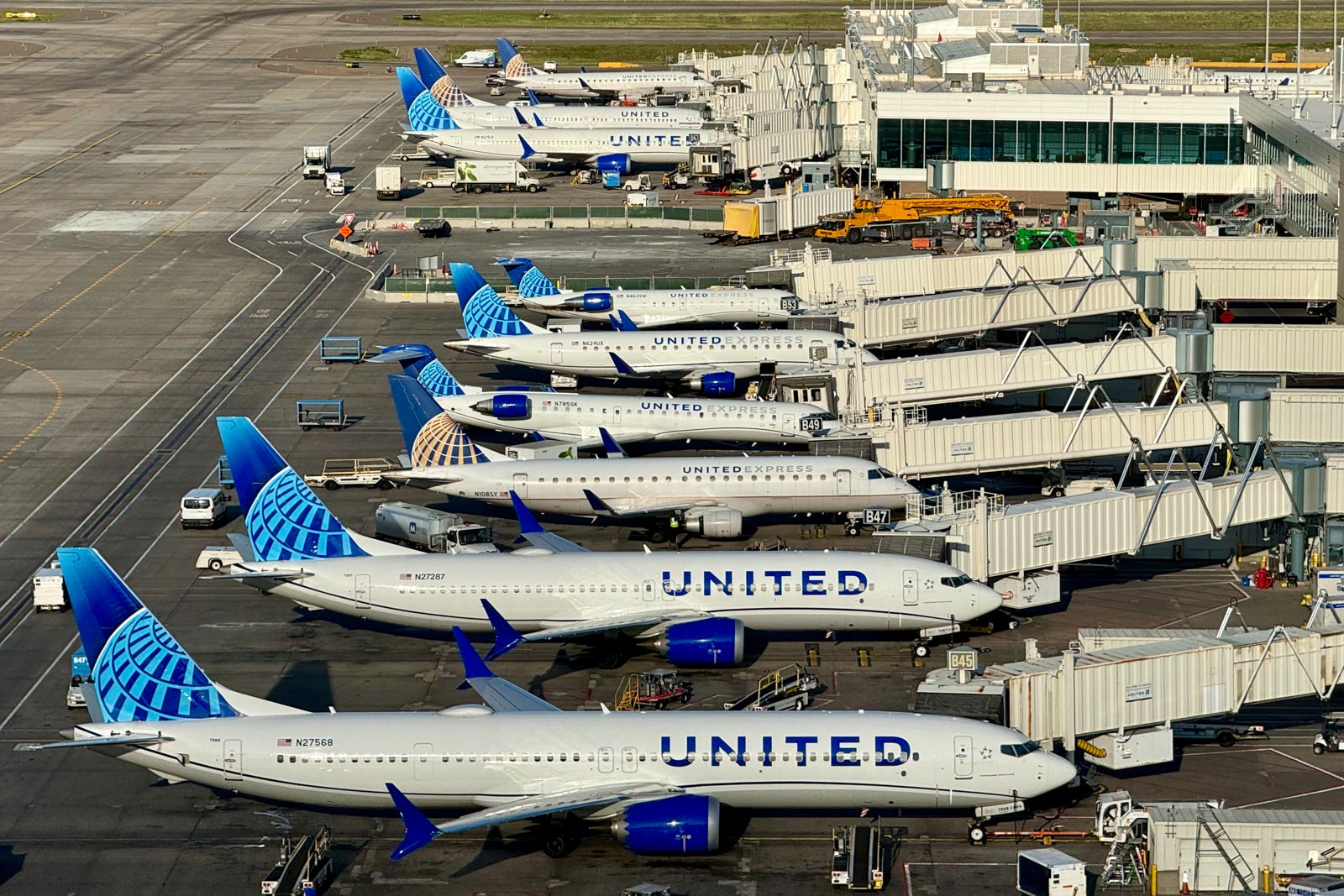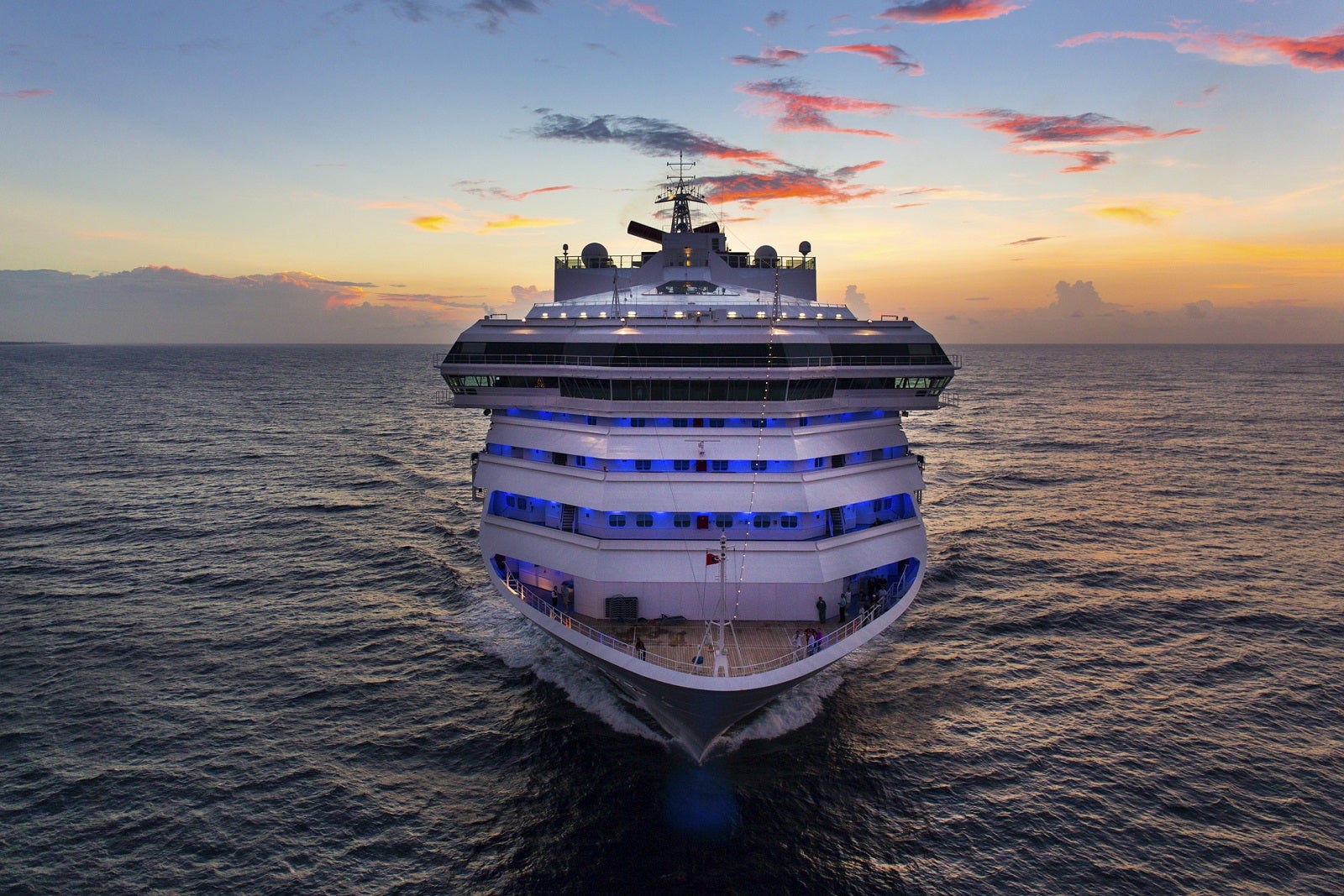Inside the grueling 14-week flight attendant training at one of the world’s top-ranked airlines
While I might be one of TPG’s hotel reporters, I still consider myself an AvGeek with an appreciation for the flight service of yesteryear — even if I did come of age at a time when bags of mini pretzels were considered an inflight luxury.
Chateaubriand sliced seatside aboard Pan Am first class, TWA napkins placed so the logo was always facing up at the passenger: These are the things I thought belonged to air travel days gone by.
It certainly appears that way anytime you board a flight from Boston to New York City, and there isn’t enough time to pass out even a cup of water — even in first class.
Want more airline-specific news? Sign up for TPG’s free biweekly Aviation newsletter.
But after a few days on the other side of the world at the Singapore Airlines Training Center as well as a nearby catering facility at Singapore Changi Airport (SIN), I’m happy to report the golden age of travel is alive and well. However, it takes a lot of training and prep work to make sure this airline, viewed as one of the world’s best, lives up to its lofty reputation.
What it takes to be a Singapore Airlines flight attendant
There were 133 graduating classes of 20-person flight attendant training groups in 2023 at Singapore Airlines — the most of any year in company history. The rigorous 14-week training — one of the longest in the industry — combines communications skills, product knowledge and safety training.
By comparison, training at U.S. airlines takes about half the time. It focuses primarily on safety and less on the intricacies of inflight service
What to know: Ultimate guide to the new Singapore Suites
Aspiring Singapore Airlines flight attendants start with five weeks of training focused on service and product knowledge. Each training batch begins with communication and interpersonal skills. This is evident in the numerous “Good morning!” and “Hello!” greetings I received from smiling flight attendants-to-be in the hallways of the training center.

Daily Newsletter
Reward your inbox with the TPG Daily newsletter
Join over 700,000 readers for breaking news, in-depth guides and exclusive deals from TPG’s experts
1 of 4
CAMERON SPERANCE/THE POINTS GUY
On my 18-hour flights to and from Singapore, the robust communication skills training was clear from every flight attendant working the business-class cabin; they all greeted me by name and provided consistently friendly banter over the span of the world’s longest flight. Trainees are assessed on these skills at the beginning of their path to working at 38,000 feet in the sky.
While some of us might be exhausted by the thought of mile-high small talk on just a 45-minute flight to Washington, D.C., there’s a reason why Singapore Airlines flight attendants can keep the conversation going for more than 18 hours. Until the communication skills are perfected, trainees can’t move on to the next stage of training.
If you’re thinking of applying for a job here, it might be a good idea to brush up on Dale Carnegie’s “The Art of Public Speaking” to make sure you’re ready for what’s to come.
From there, trainees work within various mock-ups of each type of plane in the Singapore Airlines fleet. This entails everything from knowing how to tend to the service and make the bed in Singapore Suites aboard an Airbus A380 to working meal service in economy aboard a mock-up of an Airbus A350.
1 of 6
CAMERON SPERANCE/THE POINTS GUY
All classes of service — everything from first-class suites to long-haul and regional business class to economy class — are built out on these mock-up aircraft. To learn the ins and outs of working premium cabins, a Singapore Airlines flight attendant must work economy class for a year before training on the business-class product. Nabbing a first-class flight attendant gig relies on getting a promotion from the business-class service, trainers told me during the tour.
During the service and product knowledge training part of the process, trainees are also learning the proper way to pick something up from the floor in a cabin (by crouching to the floor rather than just bending over and grabbing it) and how to walk down a flight of stairs aboard the A380. They also sample meals, so they can offer advice on everything from wine pairings with caviar to favored entrees and dessert.
1 of 4
CAMERON SPERANCE/THE POINTS GUY
Safety training at Singapore Airlines
Following the five-week service and product knowledge training, each batch of trainees moves on to a month of safety training.
All pilots and cabin crew at Singapore Airlines and Scoot (a low-cost airline and subsidiary of Singapore Airlines) utilize the safety training facility. This group safety training academy is where these team members go for regulatory training, special training, and safety and emergency procedures training.
Aircraft cabin mock-ups in the training facility enable cabin crew to go through door training; they learn how to open a door and deploy an emergency slide in the event of an emergency, whether it’s a water landing or evacuation on land. The training facility has door trainer cabin mock-ups for every aircraft type, from Scoot’s upcoming Embraer 190-E2 fleet to the A380s utilized at Singapore Airlines.
The focal point of one training room was the emergency slide training for the Boeing 777 and the A380. Pilots and cabin crew must go through emergency slide training and jump down the slide to get familiarity with the procedure. Between 40 and 50 trainees go down the slides each day. Crew resource management training enables pilots and cabin crew to familiarize themselves with how they would work together in the event of an emergency.
During our tour, the cabin crew trainees underwent smoke rescue training and water evacuation training in a separate area with a pool to simulate a water landing that requires deploying life rafts.
1 of 6
CAMERON SPERANCE/THE POINTS GUY
The ‘Singapore Girl’
During the tour of the training facilities, Singapore Airlines representatives emphasized the importance of health and wellness for cabin crew. While the decadent service can seem like a throwback to U.S. travelers, the airline’s body mass index charts might, too.
The airline has a maximum of 22 BMI for female cabin crew and 25 BMI for male cabin crew.
Female cabin crew — long known as the “Singapore Girl” in marketing campaigns — wear a sarong kebaya. Male cabin crew wear tailored blue suits. Various colors on the kebayas and suit ties signify seniority, from blue for flight attendants to purple for inflight managers.
While cabin crew are eligible for a new uniform every year, representatives with the company noted the BMI charts are enforced. Diet is important; while a 4- to 6-pound weight gain might be OK, a 20-pound gain is not acceptable, airline representatives said.
It might seem out of touch with reality to Western audiences, and it was clear this approach was ruffling some feathers of other journalists on the tour. Further, the whole concept of the Singapore Girl and emphasizing the importance of body shape for the kebaya has garnered plenty of criticism over the years for being sexist.
Whether you love or criticize the public-facing image, there’s practically a national identity to the Singapore Girl.
Over the years, the Singapore Straits Times newspaper has defended the Singapore Girl as a symbol of quality at the airline; it said that removing the image would be akin to taking Mickey Mouse away from Disney World.
It might be a meticulously crafted image at Singapore Airlines, but 14 weeks of training shows plenty of skill, expertise and care are also behind this well-coiffed look in the cabin.
Related reading:

